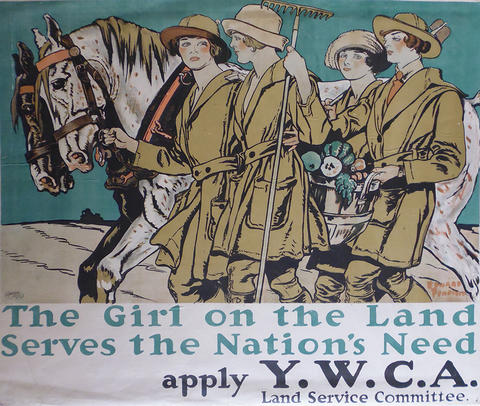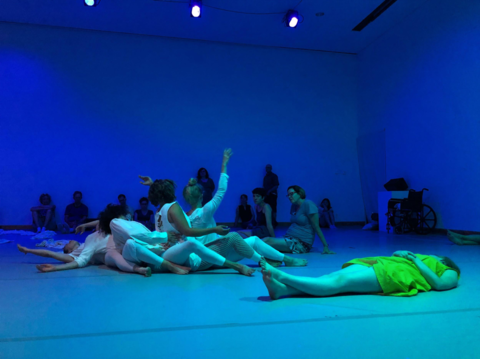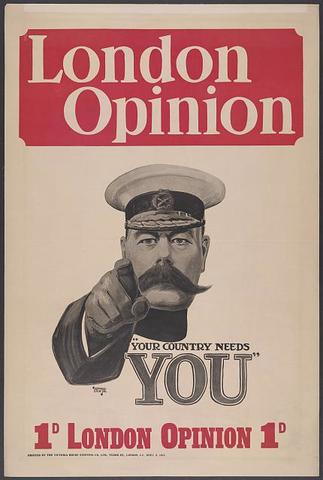Index of Articles and Essays

|
Visceral. Political. Dance. | An Interview with BodyCartography Project Introduction |

|
Fight or Buy Bonds: Mobilizing Women for World War I Some of the most striking World War I posters in the Fight or Buy Bonds exhibit were directed at mobilizing women to meet national needs. The massive mobilization required by twentieth-century warfare put great strains on American society. With four million men taken into the armed forces, labor shortages developed in many sectors which women helped fill. |

|
Mapping (your) bodyReflections on the performance felt room by BodyCartography ProjectThe performance space is a stage-less, featureless, roomy white cube with only the functional elements in it: white dance floor, lights, speakers, no chairs. Five dancers share floor with the audience. A pile of white cloth in the corner: dancers will use that. Most of the audience members sit along walls, but some break off towards the center of the space, wondering among dancers before taking position on the floor. |

|
Fight or Buy Bonds: Mobilizing Manpower for World War I Many of the World War I posters included in the Weisman Art Museum exhibit focus on mobilizing manpower for the military and assuring adequate labor resources for the war effort. When the United States entered the war in April 1917, the country was poorly prepared both militarily and economically. For several years there had been public debate regarding the American role in world affairs and what might be needed to defend national interests, but the federal government took little action to prepare for war until 1916.
|

|
Director Lyndel King to Retire After Forty YearsCongratulations to director Lyndel King on her retirement!Director and chief curator Lyndel King, announced today that after a forty-year tenure with the Weisman Art Museum at the University of Minnesota she will step down from her post in June 2020. |